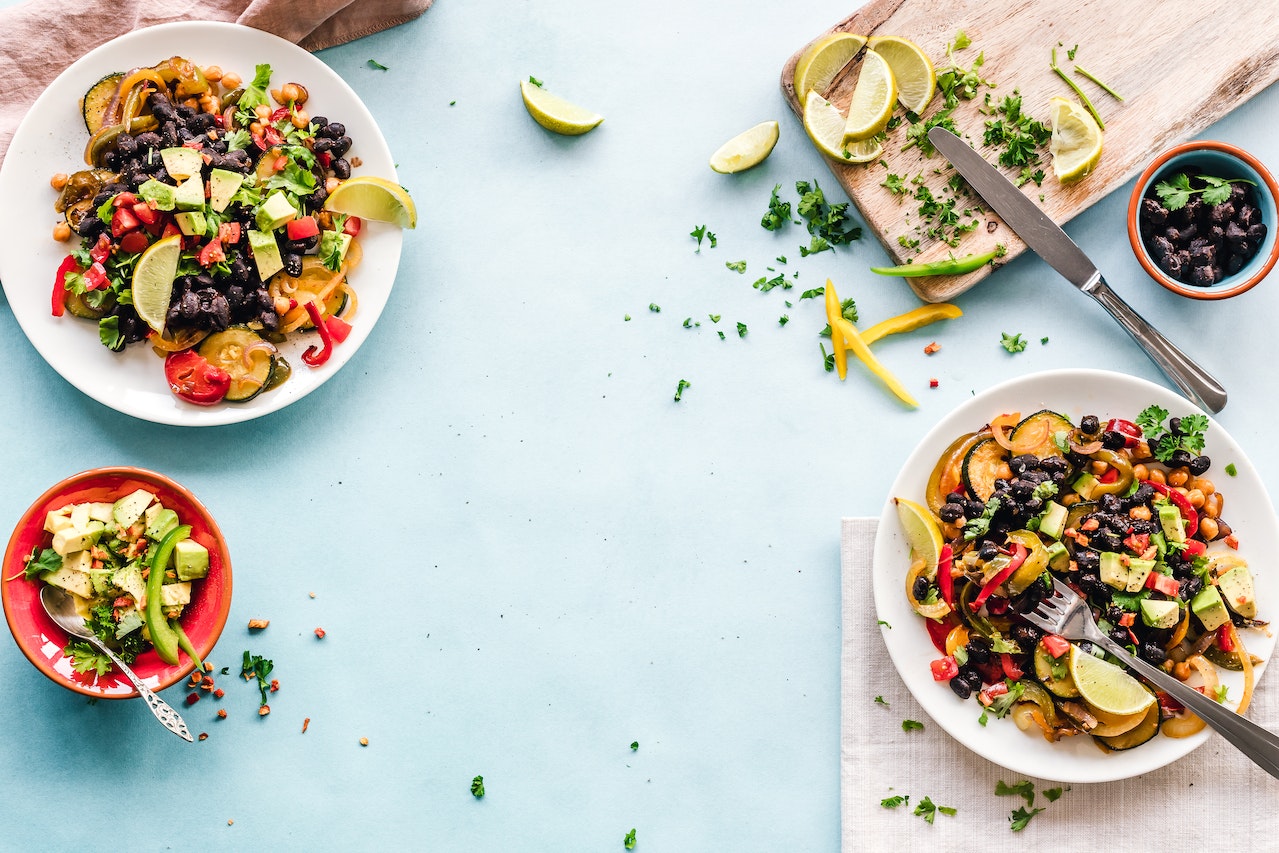In recent years, food waste has become a topic that has attracted the attention of many experts and consumers. A 2013 report from FAO (Food and Agriculture Organization of the United Nations) states that a third of all the food produced ends up as waste.
What is Food Waste
According to UNEP, Food Waste means food items of good quality and fit for consumption but still doesn’t get consumed because it is discarded due to being spoiled or expired, and often take place at retail and consumption stages.
Reasons to Avoid Food Waste
Food waste contributes to the waste of many resources that are needed in growing and cooking food. Resources such as water, land, cooking fuel, and cooking oils go to waste when food is not consumed. Experts link the wasted water and land resources as factors that play a part in avoidable environmental impacts, i.e. fewer forests would need to be cleared to pave way for agriculture if every food item produced was actually consumed.
One way of dealing with food waste is to reduce the chances of ending up with unused foods, there are also things you can do to take care of unused food items, that way it doesn’t fully go to waste. If you find yourself throwing out food that has gone bad and want to learn how to reduce your food waste at home or your hospitality establishment, then this article will give you a few practical tips to get the most out of your meal budget.
Controlling food waste is not only good for the environment, it will also help you save money, improve the nutritional content of your meals by learning how to properly store foods to retain nutrients better and longer.
Areas and Ways to Reduce Food Waste
1. Planning & Shopping
A lot of food waste can be controlled through proper meal planning before hitting the grocery stores. Plan meals in advance, where possible, plan meals for the whole week to identify how much will need to be bought. During planning, you will need to consider how you can creatively use left-over items to make fresh meals. For instance, if you make assorted vegetables as a side in today’s meal, leftover vegetables can then be used in a curry for a new meal tomorrow. Before going shopping, prepare a list of items and estimated quantities to avoid over purchasing.
Many food items such as fruits tend to get bruised or spoilt during transportation. Carefully pack delicate items to ensure they reach safely and not head into the bin. Careful packing will also help in preventing cross-contamination from foods like meats, poultry and fish, which should always be kept separate from other groceries. While at the store, check the use-by dates and best-before dates, only buy what you can use before it expires or goes bad.
2. Storage
Another area where food waste occurs is in storage. One of the techniques to reduce waste is to stick to the First In First Out method when getting things out of storage for consumption. Date-labeling items in storage will help in controlling what items to use first. Another tip is to arrange the items, where newer groceries or items with longer expiry dates are kept at the back while products that are nearer to expiry or use-by dates stay at the front. The same applies to organizing the fridge. Keep leftovers and older items somewhere with ease of access such as at the front or on top row, to remind you to consume them before they go bad.
Different food types need to be handled differently. Perishables such as fruits and meats need to be put in a refrigerator or freezer as soon as you get home from shopping and ensure your fridge or freezer is set at a suitable temperature. Keep dry grains in sealed, airtight containers and away from direct sunlight.
Check out these food storage tips to keep food items safe in the pantry.
One can experiment with alternative food preservation methods such as canning or pickling to keep foods consumable for a long time without keeping in cold temperatures.
A wide range of storage jars can be found at KitchenSpot with a selection of clip or screw jars at your disposal.

3. Cooking
This area calls for creativity in finding recipes that use few ingredients or making use of leftovers to make fresh meals. One of the common mistakes made is leaving food items and ingredients out at room temperature for longer periods when preparing meals to avoid spoiling.
Unless defrosting frozen items, experts recommend not leaving foods at room temperature for more than two hours when in areas with moderate conditions and keeping it to a maximum of one hour when in hot conditions.
4. Serving
While it may not be easy to recognize the food waste that happens in stages discussed earlier, food waste that occurs during serving is very easy to notice. Uneaten cooked food is hard to miss and there are ways to reduce waste that can occur from having plenty of cooked uneaten food.
When eating out, one can tailor their order to avoid meals that contain ingredients you don’t enjoy, which could result in leaving food uneaten. If you don’t like a side of toast, ask for a replacement if possible, or skip the side altogether. Do not be afraid to ask for a doggy bag to pack unfinished meals for later consumption.
Did you know, KitchenSpot stocks eco-friendly takeaway utensils suitable for packed meals away from home or for eco-minded hospitality establishments.
While serving food at home, serve small portions and let people go back for seconds if they need more. You can use kitchen utensils such as measuring cups and scoops to measure portion sizes. Anything that remains uneaten should be refrigerated or frozen for later use.
5. Disposal
If everything else fails and we are left with spoiled or unused food, we can still minimize the impact of food waste by repurposing food scraps. We’ve spoken about repurposing unused food items to make new meals but we can also use uneaten foods to feed those in need.
Other uneaten foods or food scraps such as fruit peels can be used to make other products by using techniques like composting to produce nutrient-rich fertilizers.
As we’ve seen above, reducing food waste is possible with some careful planning and creative handling of food items and cooked foods. Keeping these five tips in mind will not only help in reducing the environmental impact, it will also prevent the amount of money lost on wasted food items.
















